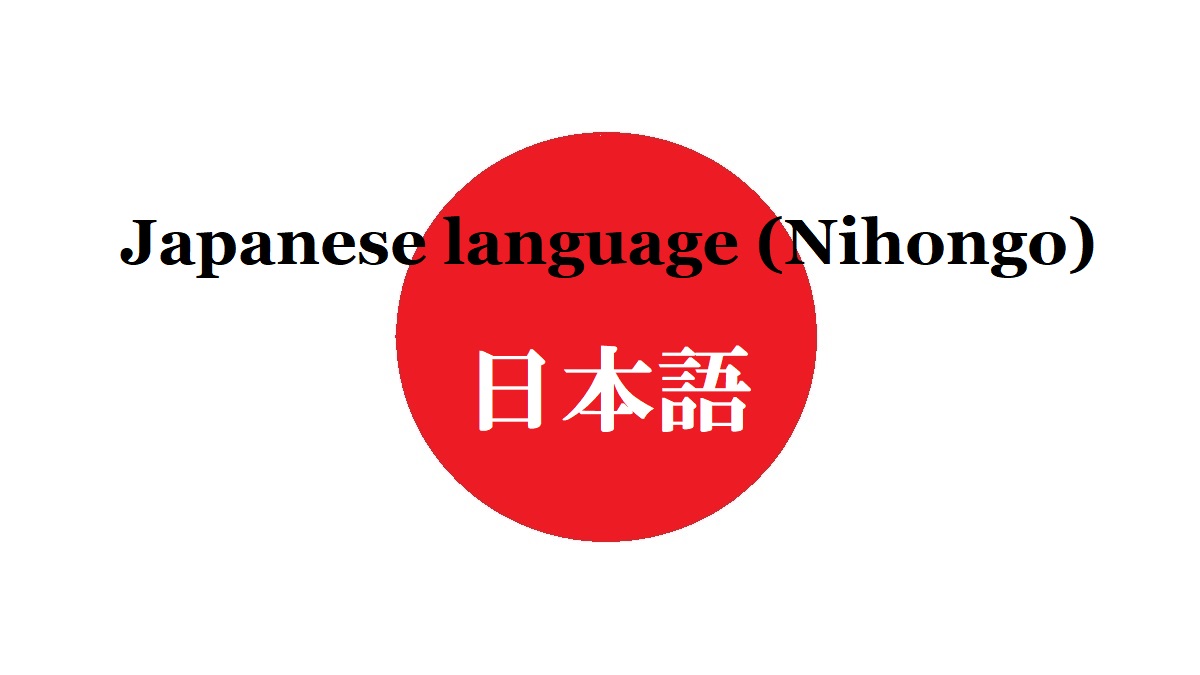[Step.1] Basic structure of Japanese
The order of sentence element in Japanese
The order of sentence element in Japanese is basically the following.
Subject - Object, Complement - Verb group
Subject is usually put at the top of sentence.
But it is sometimes put at the other position, and it is even omitted when the subject is obvious.
On the other hand, verb group is always put at the end of sentence.
What is "verb group"?.
There are various auxiliary verbs in Japanese.
They are the words adding various nuance to the verb.
For example, negation, past tense, politeness, passive, causative, etc.
In English, auxiliary verb is put as a word in the sentence.
In Japanese, one or two auxiliary verbs are often joined after a verb with inflection, and they are perfectly united.
So I call it as "verb group" for convenience of explanation in this site.
But that may be the most complicated and difficult part of Japanese.
The order of object and complement between subject and verb group is free.
In addition, you can insert various adverbs and adverbial phrases at the part freely.
Particle defines a sentence element
As above, the order of sentence element in Japanese is relatively free.
Because, each sentence element is defined by a "particle".
Particle is a part of speech in Japanese, and is like "postposition".
It is mainly put after noun or pronoun, and the length of word is short.
The particles defining a sentence element are the following.
- Subject = wa (は), ga (が), mo (も)
- Direct Object = o (を)
- Indirect Object = ni (に)
If you know these, you can make a Japanese sentence.
By the way, there are three particles for subject.
Of course, you need to use them properly.
Basically, "wa" is used, but I write about them in the other page.
In addition, the Japanese characters of "wa" and "o" are different from original character.
They have been traditionally used.
Most basic structure of Japanese sentence
I show two sentence patterns.
Pattern-A is the most basic sentence with object.
Of course, if you need not use the object, you can omit them.
To make a Japanese sentence, you have only to put any noun or pronoun into the space before the partcle "wa", "o" or "ni".
About verb group, an auxiliary verb "masu" is put.
You have only to put a verb before the "masu".
"Masu" means that the speaker of the sentence expresses politeness.
Therefore, this sentence structure is commonly used for the persons other than your family.
If you use this sentence structure, you are a good speaker of Japanese.
Pattern-B is the sentence with only complement.
It means an equation "Subject = Complement".
(For example, "I am a teacher." means "I = teacher".)
Of course, you have only to put any noun or pronoun into the space.
Even adjective is possible as the complement.
In this pattern, only an auxiliary verb "desu" is put in the verb group.
This is a special auxiliary verb just after the complement, and means assertion with politeness.
Therefore, this is also used frequently.
Let’s use Pattern-A
(Ex.1) I teach her Japanese.
This sentence has both indirect object and direct object.
You can use Pattern-A directly.
I (1st person pronoun) = watashi
her (3rd person pronoun of feminine gender) = kanojo
Japanese (noun) = nihongo
teach (verb) = oshieru
The English verb “teach” is “oshieru” in Japanese.
“Oshieru” is the base form, but when any word is connected after it, the end part of verb changes.
Before “masu”, “oshieru” changes to “oshie”.
(Now, this is an example. Please accept that for what it is.)
Let’s put the words into the boxes of Pattern-A.
Watashi wa kanojo ni nihongo o oshie masu.
As above, the position of direct and indirect objects is free.
(Ex.2) I eat sushi.
This sentence doesn’t have the indirect object.
I (1st person pronoun) = watashi
sushi (noun, Japanese famous food) = sushi
eat (verb) = taberu
The English verb “eat” is “taberu” in Japanese.
“Taberu” is the base form, but it changes to “tabe” before “masu”.
Let’s use Pattern-B
Pattern-B has no verb. So it is very easy.
(Ex.3) I am Yumi.
You can use Pattern-B for self-introduction.
The equality is “I = Yumi”.
(Ex.4) I am a nurse.
nurse (noun) = kangoshi
In Japanese, there is no article such as “the” and “a”.
In above sentence, the equality is “I = nurse”.
(Ex.5) It is cold in Sapporo.
Sapporo is a big city in Hokkaido Island.
In winter, much snow falls and it is very cold in Sapporo.
In Japanese, when you want to express the attribution or property of the subject, you can connect the subject and the complement including the attribution or property directly by using Pattern-B.
That’s very convenient.
Adjective “cold” is “samui” in Japanese, and “samui” is the base form.
When any word is connected after adjective, the end part of the word changes like verb.
But, when you use Pattern-B, it is OK that you use the base form of adjective directly.
In above sentence, the equality of this sentence is “Sapporo = cold”.
(Ex.6) Shinkansen runs fast.
Shinkansen is Japanese bullet train.
The maximum speed is 285km/h between Tokyo and Osaka and 320km/h between Tokyo and Shin-Aomori.
“Fast” in above sentence is an adverb but the adjective is also “fast”.
The adjective is “hayai” in Japanese.
Above sentence has a verb “run”.
But the sentence expresses the speed as a property of Shinkansen simply.
In this case, you can use Pattern-B.
You need not translate “run”.
You have only to put the words into the subject and the complement.
The equality of this sentence is “Shinkansen = fast”.


